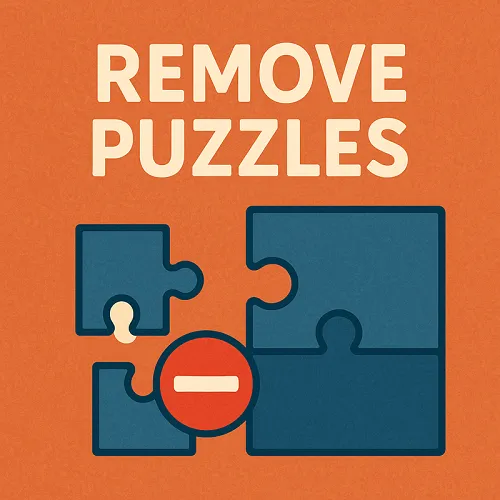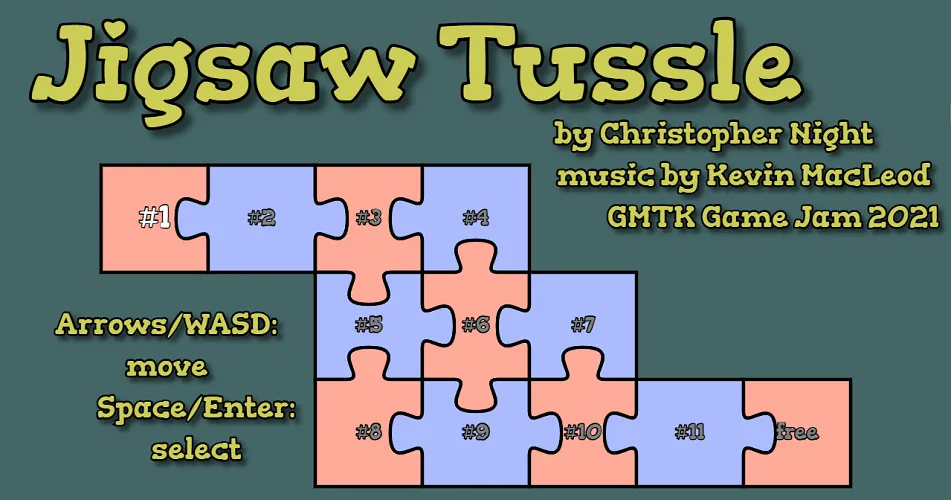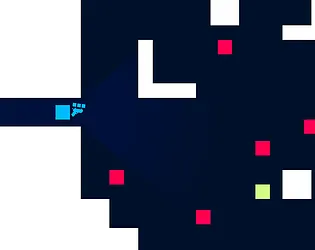Remove Games
Remove Puzzle Games — The Art of Strategic Subtraction

Remove puzzle games flip traditional puzzle mechanics on their head. Instead of adding, building, or arranging elements, your primary action is elimination — strategically removing specific pieces to achieve goals. This subtraction-focused gameplay creates unique challenges where success comes from knowing what to take away rather than what to add.
The appeal lies in destructive strategy. Removing the wrong element can cascade into failure, while perfect elimination sequences solve puzzles elegantly. It's the digital equivalent of Jenga — every removal matters, and consequences compound.
Why Removal Mechanics Create Unique Challenges
Irreversible Consequences — Unlike placement puzzles where you can rearrange, removed elements usually stay gone. This permanence makes every deletion decision critical.
Cascade Prediction — Removing one element often affects others. Skilled play requires predicting secondary and tertiary effects of elimination choices.
Order Dependency — The sequence of removals matters enormously. Elements accessible after earlier removals create branching decision trees.
Negative Space Strategy — You must think about what remains after removal, not just what you're eliminating. The puzzle is the space created by subtraction.
Risk Assessment — Every removal carries potential disaster. Will eliminating this piece collapse the structure? Block your path? Create unsolvable configurations?
Types of Remove Puzzle Games
Block Elimination — Remove blocks or tiles following specific rules (matching colors, creating lines, strategic selection) while managing what remains.
Structural Removal — Extract elements from structures without causing collapses or triggering unwanted chain reactions. Physics-based Jenga-style gameplay.
Obstacle Clearing — Remove barriers, enemies, or obstacles blocking paths or preventing objectives, often with limited removal resources.
Pattern Removal — Eliminate elements to create or reveal specific patterns, requiring you to see both what you remove and what you leave behind.
Sequential Elimination — Puzzles with strict removal order requirements, where only certain pieces can be removed at specific times.
The Strategic Depth of Subtraction
Remove puzzles require sophisticated strategic thinking:
Consequence Mapping — Mentally simulating what happens after each potential removal before committing to actions.
Critical Path Identification — Recognizing which elements must be removed to progress and which are red herrings or traps.
Resource Management — When removals are limited (moves, time, tools), prioritizing eliminations becomes crucial optimization.
Stability Analysis — Understanding which pieces are load-bearing versus decorative, critical versus expendable.
Reverse Engineering — Working backward from desired end states to determine optimal removal sequences.
The Psychology of Destruction
Remove games tap into powerful psychological elements:
Satisfying Elimination — There's visceral pleasure in removing clutter, clearing obstacles, and simplifying complex situations through strategic deletion.
Control Through Reduction — Unlike games that pile on complexity, remove puzzles give you power to simplify, creating a sense of control over chaos.
Perfectionist Appeal — Finding the minimal removal sequence — solving with fewest deletions — satisfies optimization drives.
Cathartic Clearing — The act of elimination, even virtually, can be therapeutic, channeling the satisfaction of decluttering into gameplay.
High-Stakes Tension — Permanent removals create tension. The "am I sure?" moment before deletion generates engagement.
Educational Problem-Solving
Remove puzzles teach valuable cognitive skills:
Systems Thinking — Understanding how components relate and how removing one affects the entire system.
Deductive Reasoning — Eliminating impossibilities systematically until only solutions remain.
Planning and Foresight — Thinking multiple steps ahead to avoid dead-end configurations.
Trade-Off Analysis — Weighing benefits and risks of each potential removal.
Pattern Recognition — Identifying which configurations allow solution versus which block progress.
Perfect for Methodical Thinkers
Remove puzzles appeal to players who enjoy:
- Careful planning over rapid action
- Permanent decisions carrying real weight
- Optimization challenges finding minimal solutions
- Destructive satisfaction strategically eliminating elements
- Precision gameplay where every move matters
These games reward patience, consideration, and systematic thinking over reflexes or speed.
The Satisfaction of Perfect Removal
When you execute a flawless removal sequence — eliminating exactly the right elements in perfect order, watching the puzzle solve itself through strategic subtraction — the satisfaction is profound. You didn't just add pieces randomly; you carefully deconstructed complexity into simplicity.
This satisfaction comes from:
- Intellectual achievement of solving the elimination puzzle
- Visual clarity of watching clutter disappear and solutions emerge
- Strategic validation seeing your planned sequence work perfectly
- Minimal elegance achieving goals with fewest removals
Stress Relief Through Controlled Destruction
Remove puzzles offer therapeutic value. Strategically eliminating elements provides safe outlet for destructive impulses while requiring thoughtful control. You get satisfaction of clearing and simplifying without real-world consequences.
The combination of careful strategy and elimination action creates engaging flow states:
- Focused attention on removal decisions
- Immediate feedback from deletion consequences
- Clear progress as complexity reduces
- Satisfying closure when puzzles clear completely
Accessibility and Challenge
Remove puzzles balance accessibility with depth:
Simple Core Concept — "Remove things" requires no complex explanation Clear Objectives — Usually obvious what you're trying to achieve Visual Feedback — Immediate results from every removal Scalable Difficulty — From simple eliminations to complex multi-step sequences Universal Appeal — No special knowledge required beyond logical thinking
Discover Remove Puzzle Games
Explore our collection of remove puzzle games and master the strategic art of elimination. Whether you're clearing blocks, dismantling structures, removing obstacles, revealing patterns through subtraction, or finding optimal elimination sequences, these games prove that sometimes the best move is knowing what to take away.
Think carefully, remove strategically, and solve through subtraction. That's the unique challenge of remove puzzle games — where less really is more.








